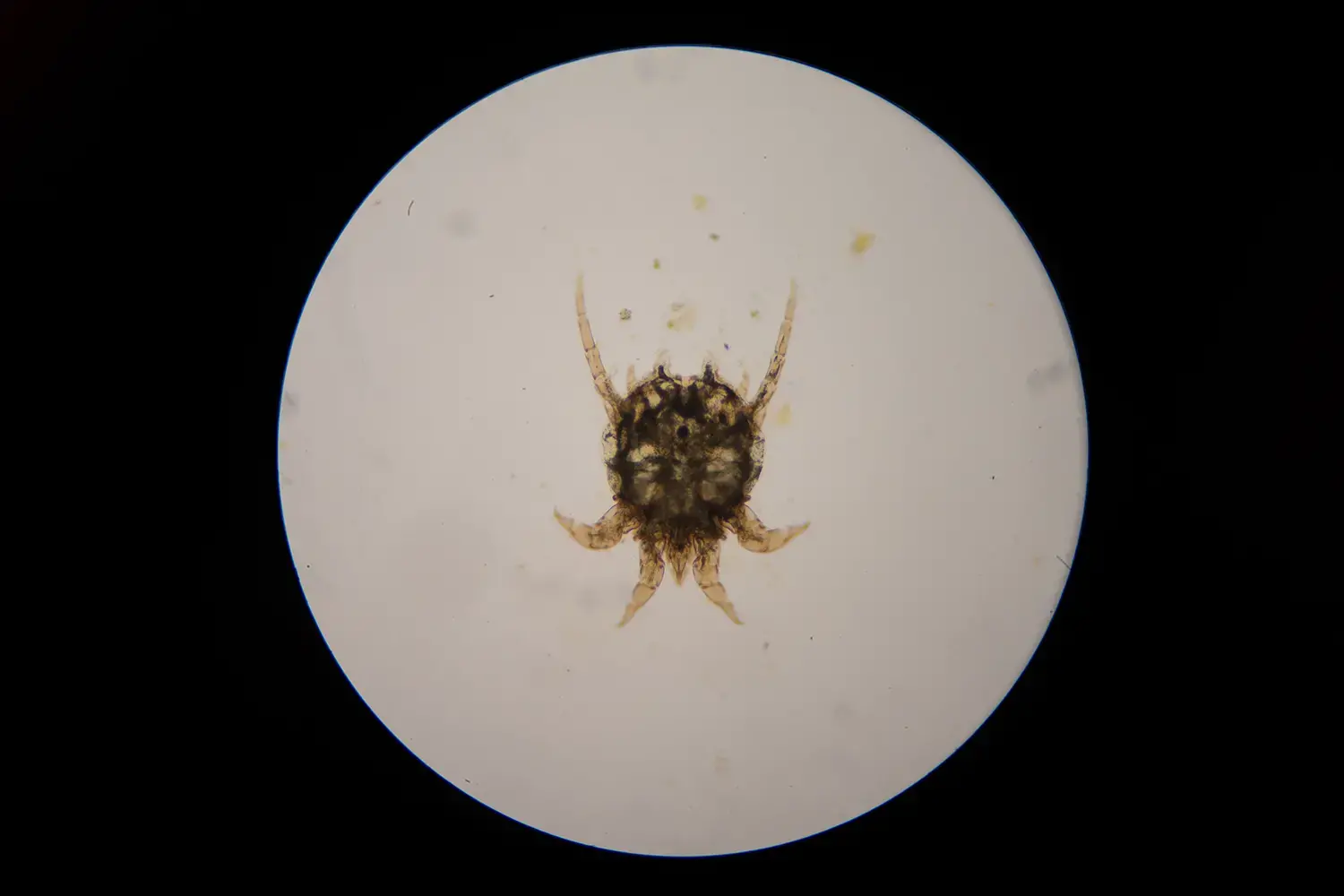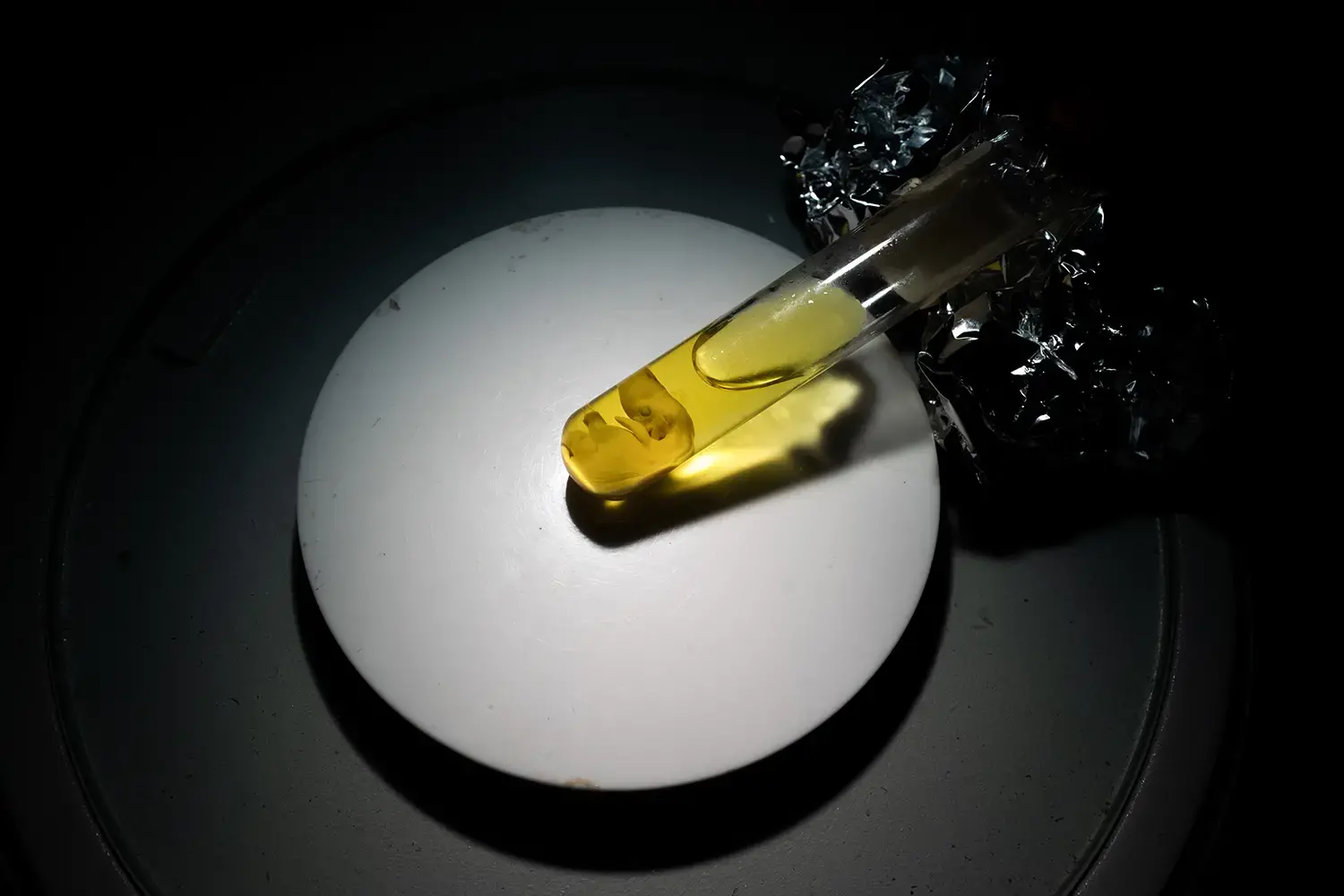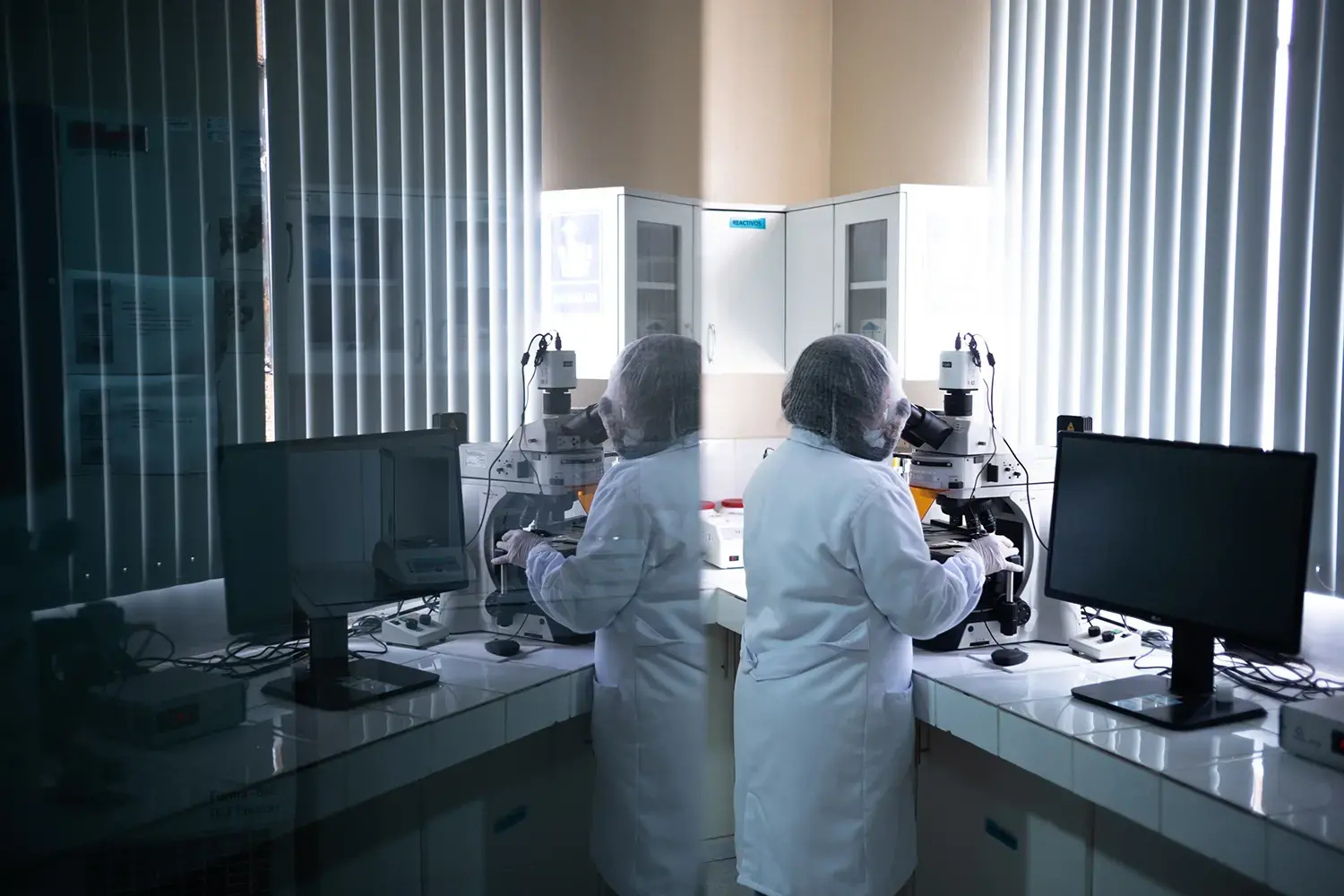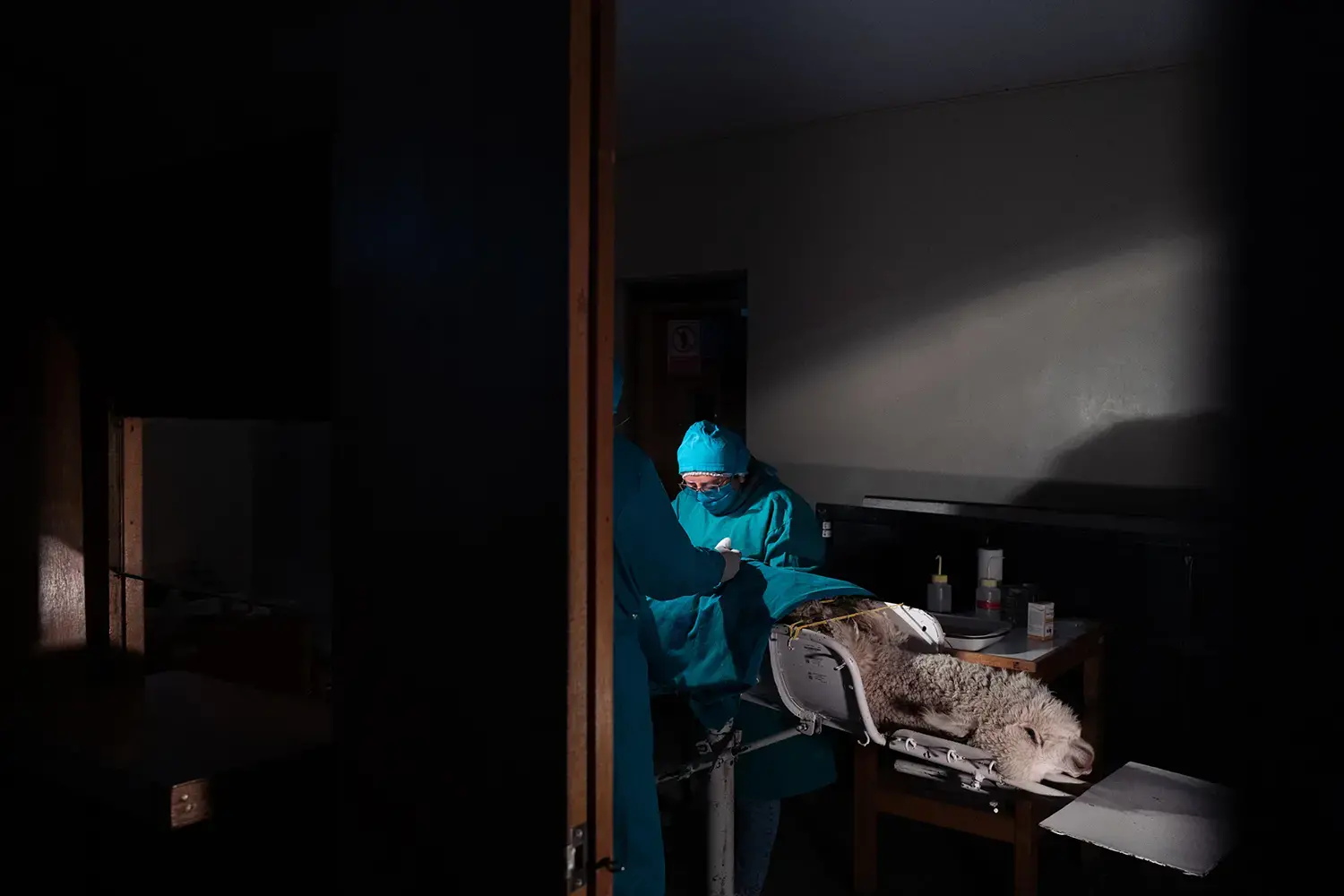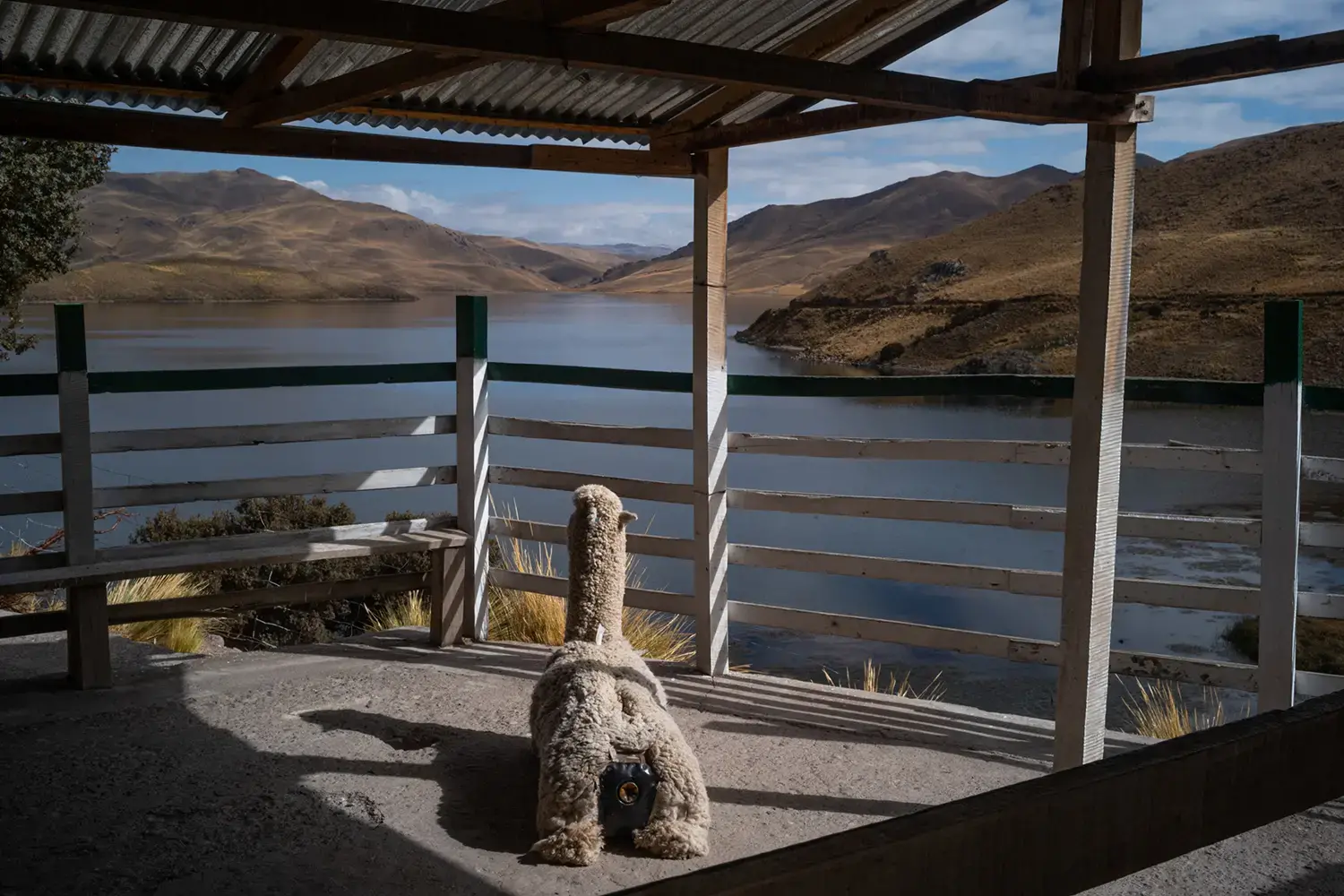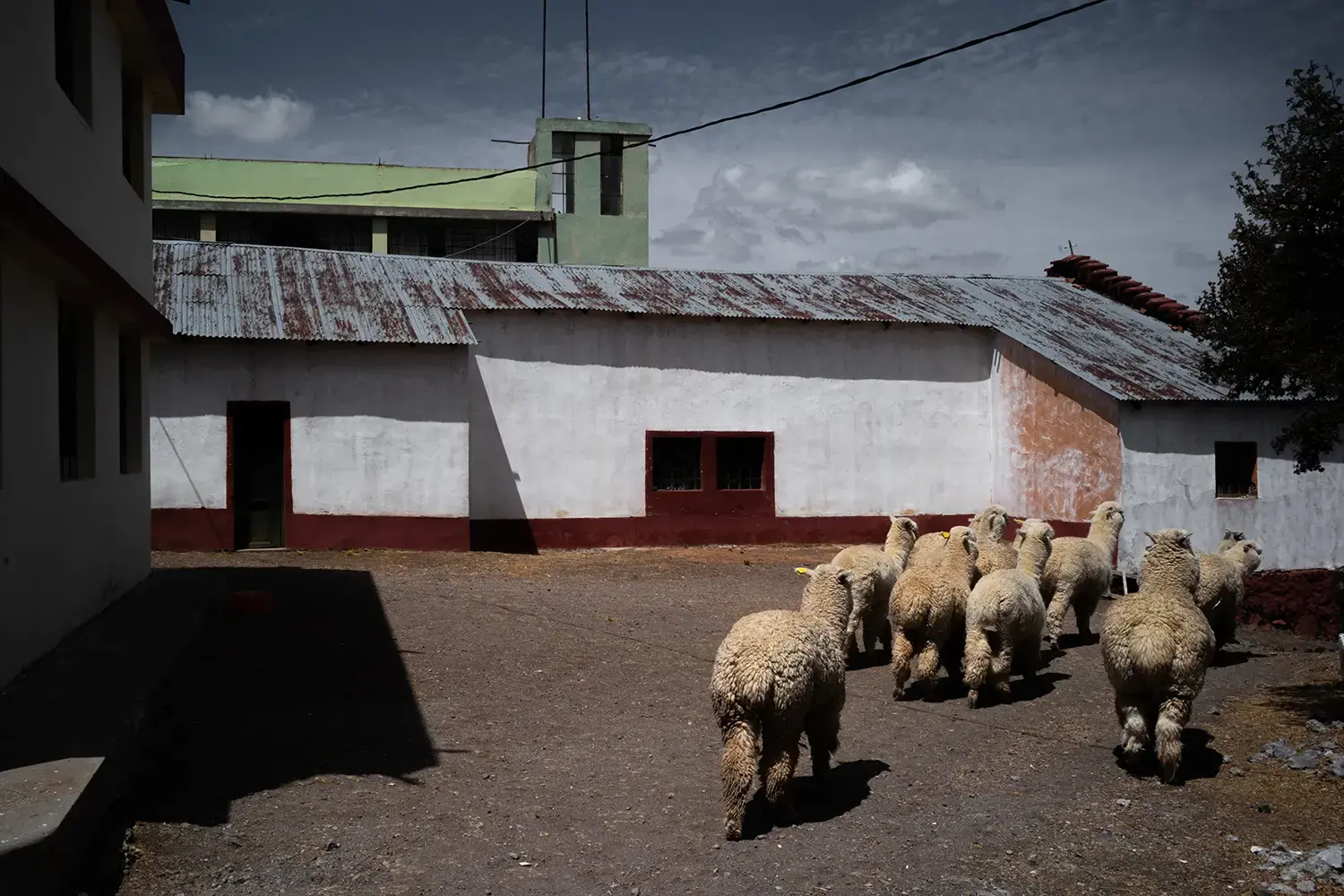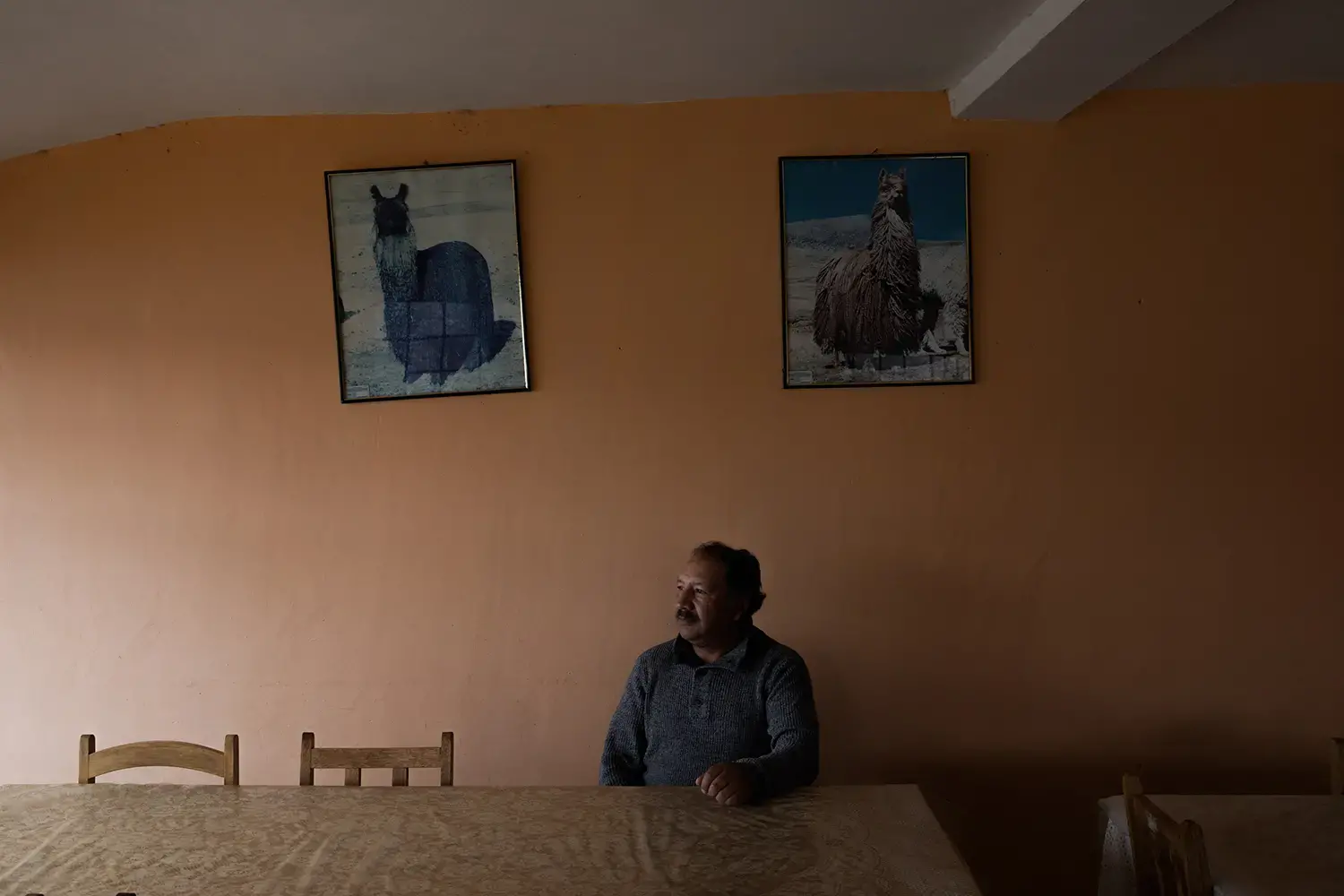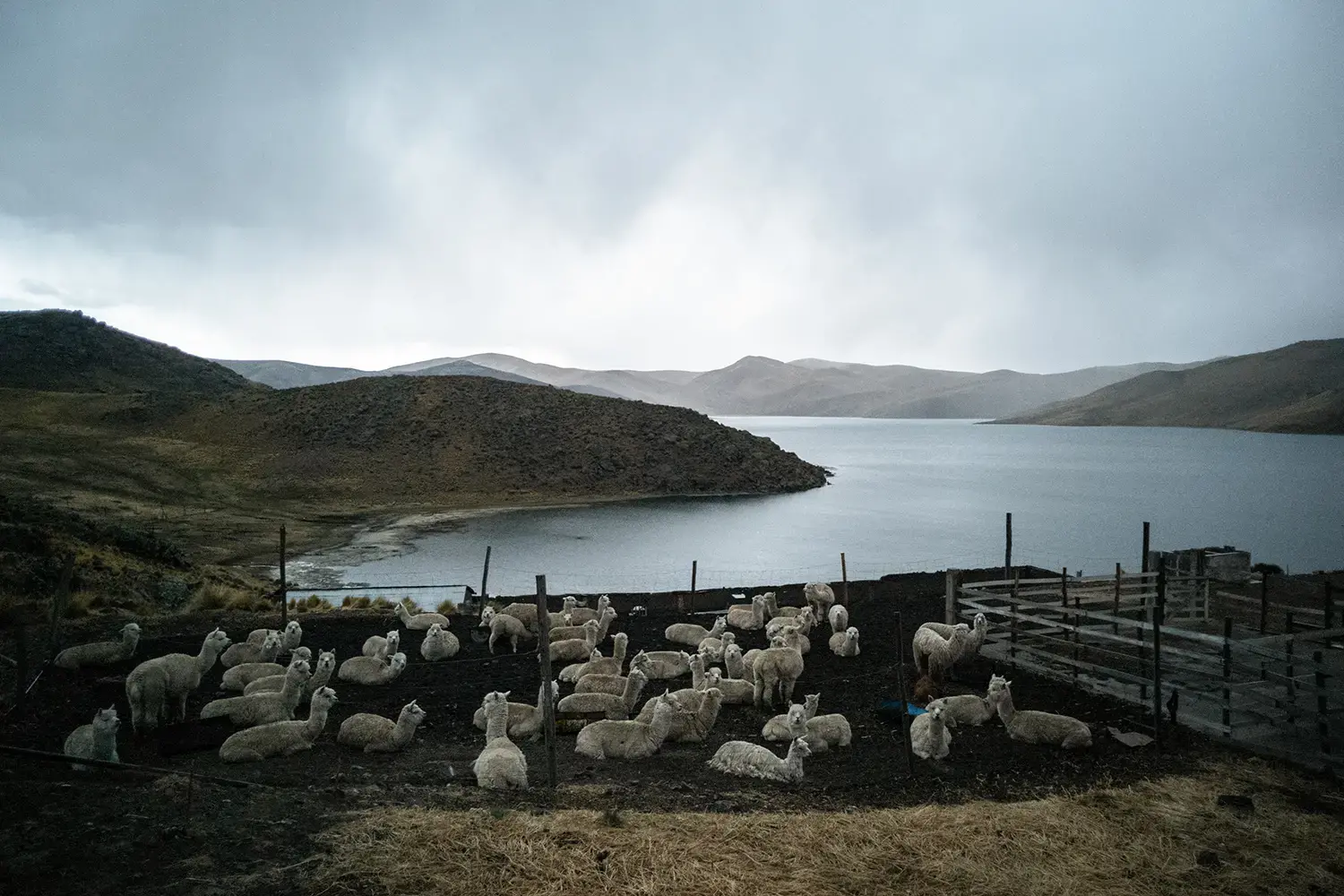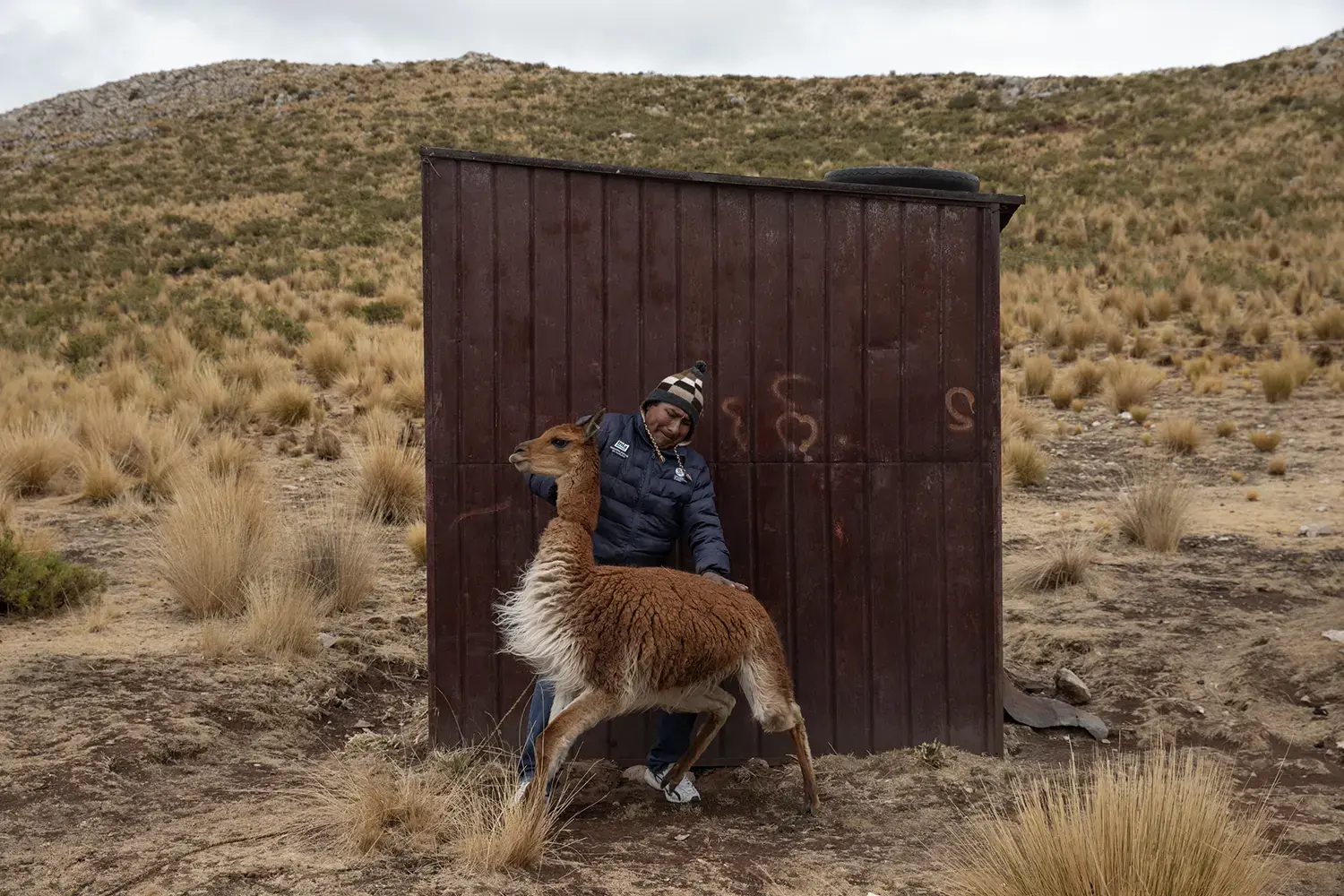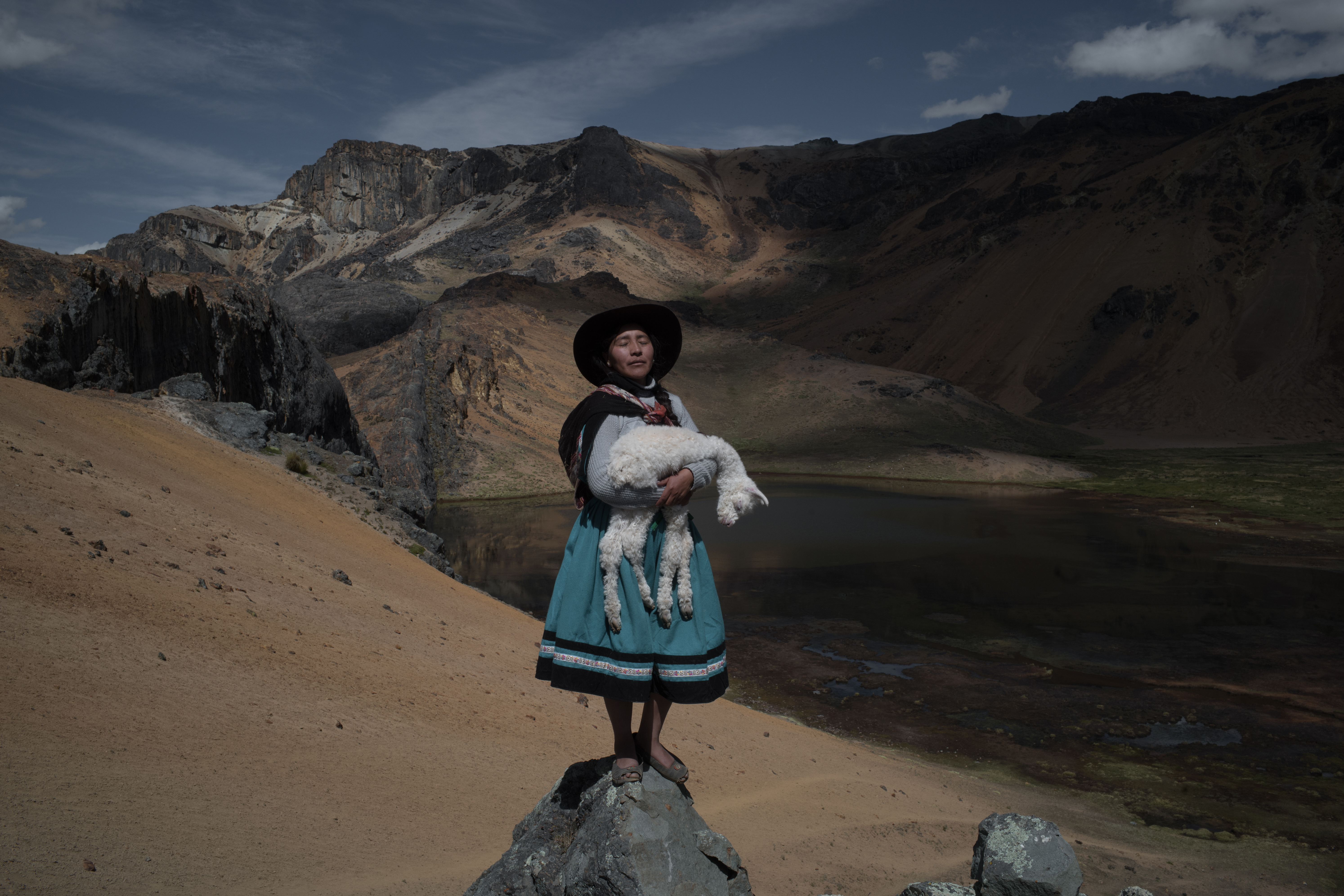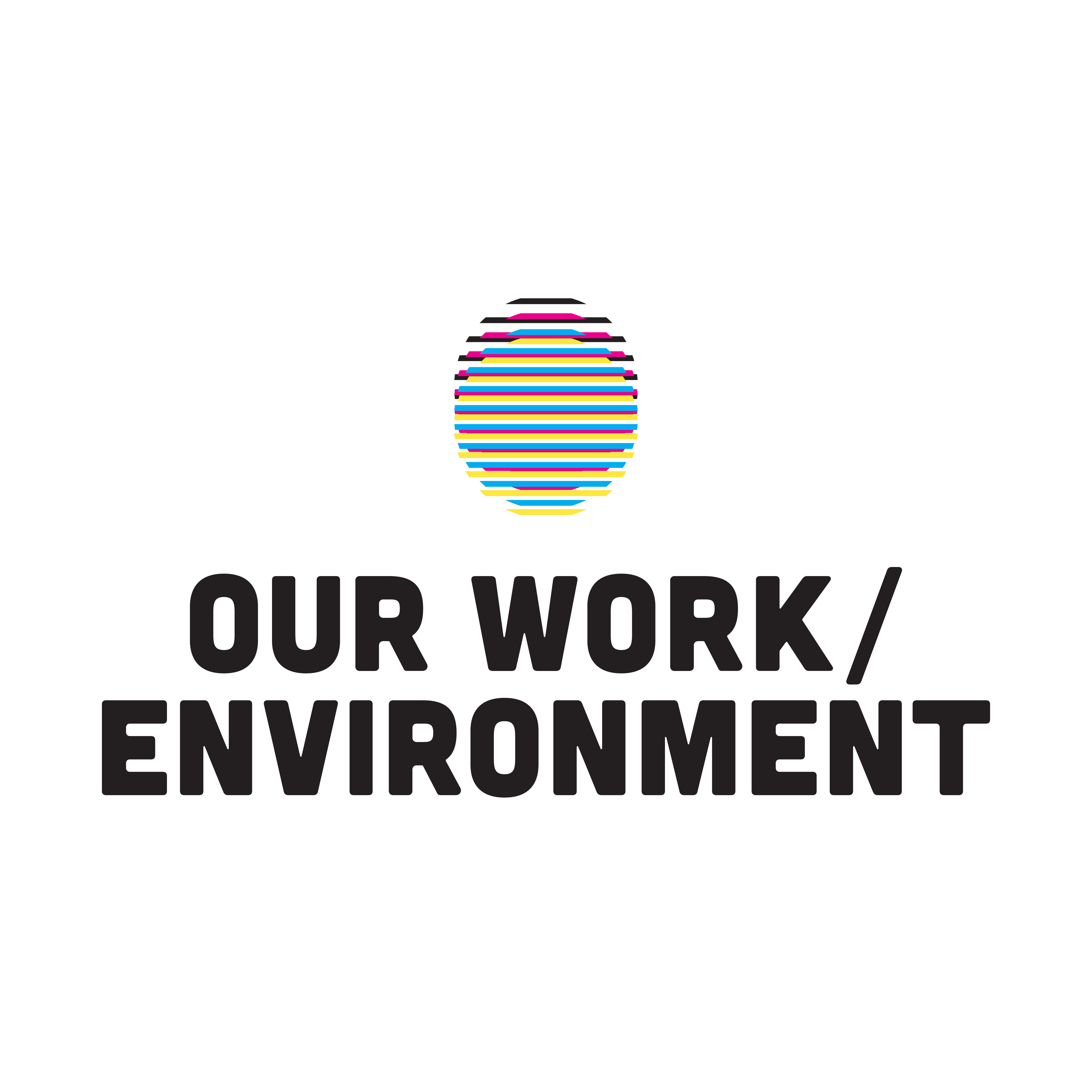This story was originally published in Italian on the Internazionale website. To read it, click here.
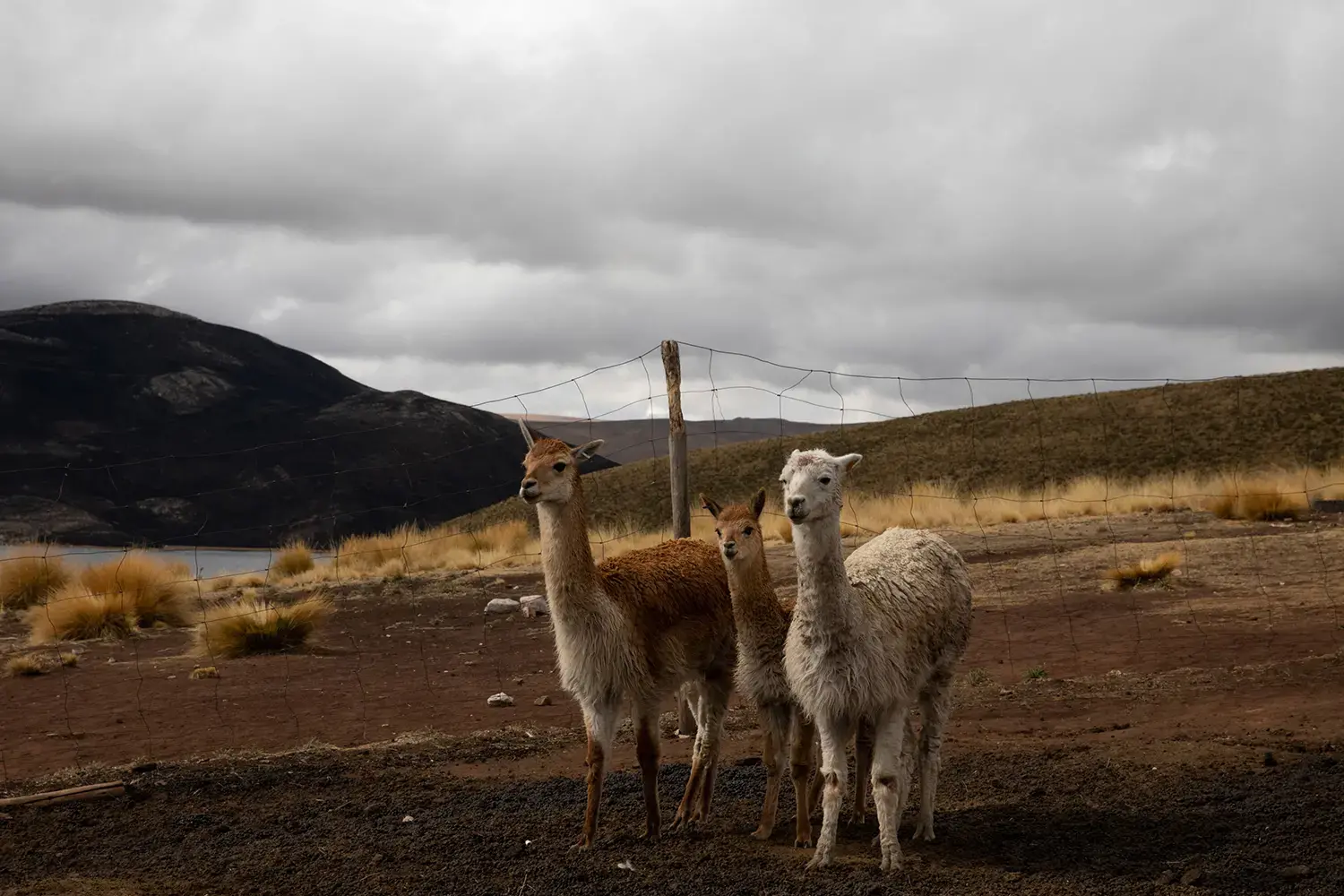
Peru's Quimsachata Research and Production Center is home to the largest genetic reserve of alpaca breeds in the world. With state-of-the-art technology, the center is attempting to combat the effects of climate change on alpacas, which are indigenous to Peru and integral to everyday life. Changes in weather patterns have impacted their reproduction and survival.

As a nonprofit journalism organization, we depend on your support to fund more than 170 reporting projects every year on critical global and local issues. Donate any amount today to become a Pulitzer Center Champion and receive exclusive benefits!
Through in vitro insemination, the center is attempting to breed more resilience in the genes of the animals and improve their reproductive capacity. They're also targeting the prevention and treatment of diseases that adversely affect the productivity of camelids.
